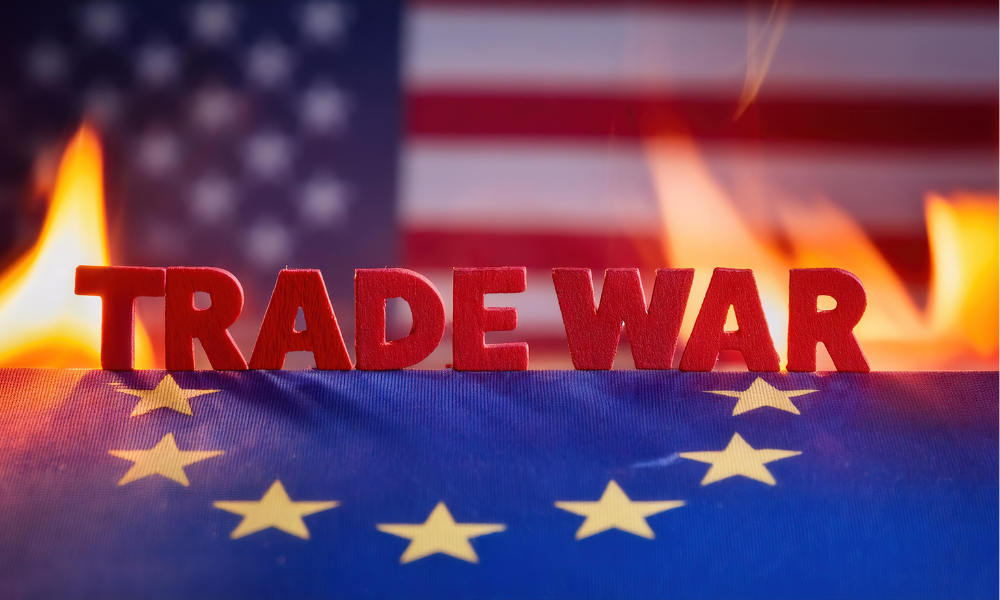Exporters, farmers, and workers to receive aid as US tariffs raise economic risks

As trade tensions with the United States escalate, Canada is allocating $6.5 billion in financial assistance to help businesses and workers absorb the impact of US tariffs. Government officials say the funding aims to reduce uncertainty that is already stalling investment and hiring decisions.
The bulk of the relief package ($5 billion) will go toward helping exporters expand into non-US markets, according to officials. The funds will be managed by Export Development Canada, the country’s state-owned export credit agency.
Another $1.5 billion will be available in low-interest loans and financing for farmers affected by the trade dispute.
The government is also making adjustments to the jobless-benefit program to help businesses retain workers while cutting hours instead of laying off employees.
Even before the full force of tariffs takes effect, businesses are already feeling the impact. Employment Minister Steve MacKinnon said the unpredictability of trade policy is pushing companies to put expansion plans on hold.
“We know that uncertainty in many ways is worse than the proposals themselves, because businesses are frozen in their investment decisions and other issues,” MacKinnon said.
Some business leaders are considering moving operations to the US to avoid trade barriers, while others are halting hiring altogether.
“[The Liberal government] is taking a calibrated response to address the uncertainty and damage this trade war brings and the risks it is creating for our businesses, our workers and all Canadians,” MacKinnon added.
The financial relief plan was announced just minutes before President Donald Trump suggested imposing new tariffs on Canadian dairy and lumber products. This follows his administration’s decision to extend the 25% tariffs on all non-energy Canadian imports for another month.
In response, Canada has imposed retaliatory levies on an estimated $107 billion worth of US goods. Officials have stated that these tariffs will remain in place until the US removes its own restrictions.
Additionally, Canadian federal and provincial leaders have agreed to reduce internal trade barriers in an effort to keep the domestic economy strong.
A joint statement from Prime Minister Justin Trudeau and provincial premiers confirmed plans to ease restrictions on the movement of goods, services, and labour between provinces. According to CTV News, labour mobility approvals will now be processed within 30 days, with the goal of increasing workforce flexibility.
Read more: Canadian leaders push for free trade nationwide amid tariff turmoil
While the $6.5 billion support package is expected to soften the blow of tariffs, some experts warn that the economic fallout could be severe.
The Bank of Canada, which is expected to cut interest rates next week, has cautioned that a prolonged trade conflict with the US could reduce Canada’s GDP by 3% over two years.
MacKinnon emphasized that, while the tariff crisis is serious, it is not expected to require the same level of government intervention as the COVID-19 pandemic.
“This would not be a Covid situation. It would be a different situation, and we believe that it would be a more slow, rolling economic impact,” he said.
However, Desjardins Group economists estimate that Canada’s federal and provincial governments have the financial capacity to provide up to $200 billion in support if needed.
Make sure to get all the latest news to your inbox on Canada’s mortgage and housing markets by signing up for our free daily newsletter here.



